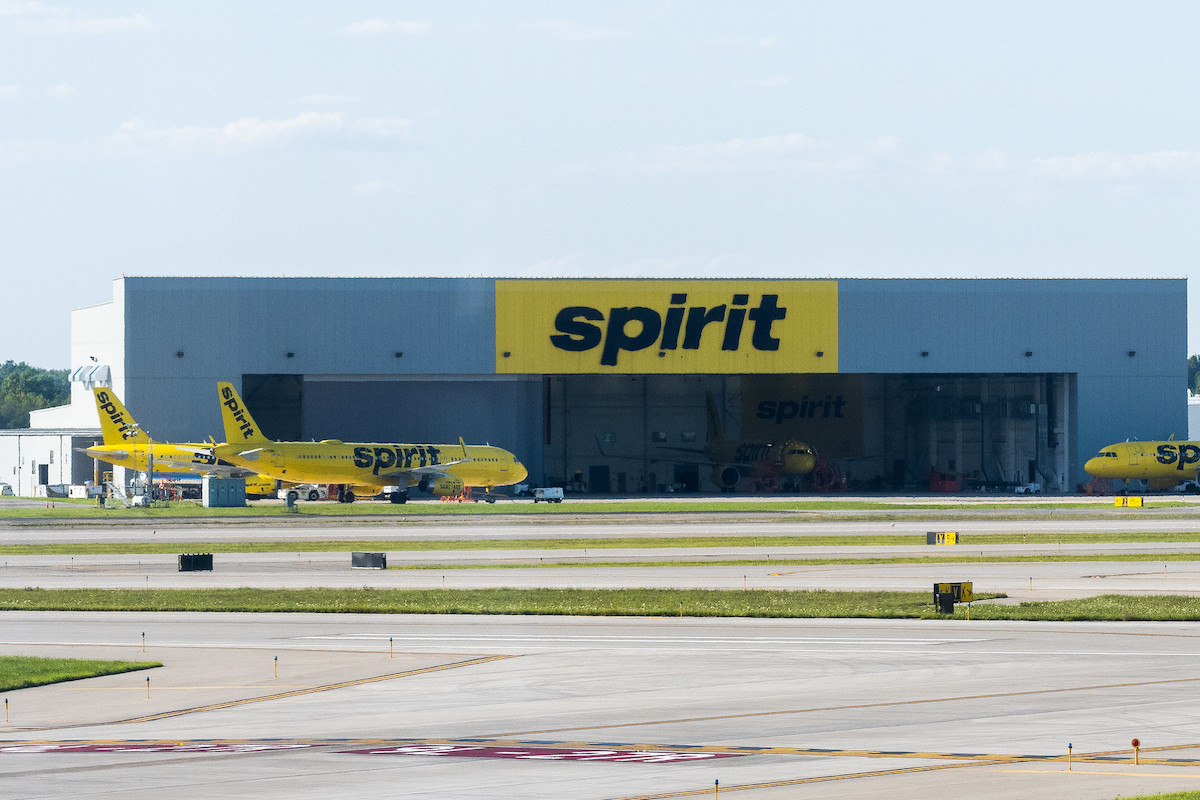Spirit Airlines Taps Loyalty Program to Back at Least $500 Million in New Debt

Photo Credit: Flickr / ajay_suresh
Spirit Airlines plans to raise several hundred million dollars in new debt backed by its loyalty programs, in the latest confirmation that loyalty assets are some of the most lucrative on airlines' balance sheets.
The $500 million private deal is backed by the assets and intellectual property of the Miramar, Florida-based carrier's Free Spirit and Spirit Saver$ Club programs, Spirit said in a securities filing Wednesday. The three-year debt would carry an interest rate of 8 percent with proceeds used to repay $155 million in outstanding debt, and to boost liquidity ahead of an uncertain 2023 outlook. The deal follows $850 million in loyalty-backed debt that Spirit borrowed in September 2020.
Spirit's latest transaction confirms the high value of loyalty programs to airlines. In fact, the value of the assets and intellectual property of budget airline's Free Spirit and Spirit Saver$ Club programs, at $4.2 billion, is more than Spirit's market capitalization of roughly $2.3 billion on Wednesday.
The value of loyalty programs is about more than just driving repeat business from customers, it's also big bucks given the low-cost revenues carriers' reap from co-branded credit card deals. Delta Air Lines, for example, generated $4.1 billion in cash sales from such agreements during the first nine months of 2022, or 11 percent of its total revenues. And that's why during the past few years, airlines ranging from Aeromexico to Air Canada have spent millions of dollars to take full control of their loyalty programs.
Prior to the pandemic, U.S. carriers did not leverage their loyalty programs to raise capital. That changed when, in crisis mode, they were desperate to bulwark their balance sheets with cash to weather the travel slowdown. United was first raising $6.8 billion in debt backed by its MileagePlus loyalty program in June 2020, and was followed shortly thereafter by Delta raising $9 billion and American, in 2021, raising $10 billion.
Revenues from Spirit's co-branded credit agreements and the Saver$ Club totaled $96 million in 2021. Their combined take is forecast to more than double to roughly $200 million this year, and grow to $360 million by 2026.
And combining Spirit's loyalty programs with JetBlue Airways' TrueBlue program through the airlines' proposed merger is cited as a key driver of the deal's forecast roughly $650 million in revenue synergies.
Spirit's proposed transaction would increase the amount of debt backed by its loyalty assets to at least $1.1 billion based on obligations at the end of September. The airline had $510 million in outstanding loyalty-backed debt at the time after paying down $340 million in principal in 2021. Proceeds of the latest deal would pay off the $69.5 million outstanding under Spirit's 2015-1C enhanced equipment trust certificate — or EETC, a debt structure used to finance aircraft — notes, and the $85.5 million outstanding under its 2017-1C EETC notes.
Fitch Ratings, in a report Wednesday, said the additional liquidity from Spirit's proposed loyalty transaction was "prudent given current macroeconomic uncertainties."
Updated with comment from Fitch Ratings.
